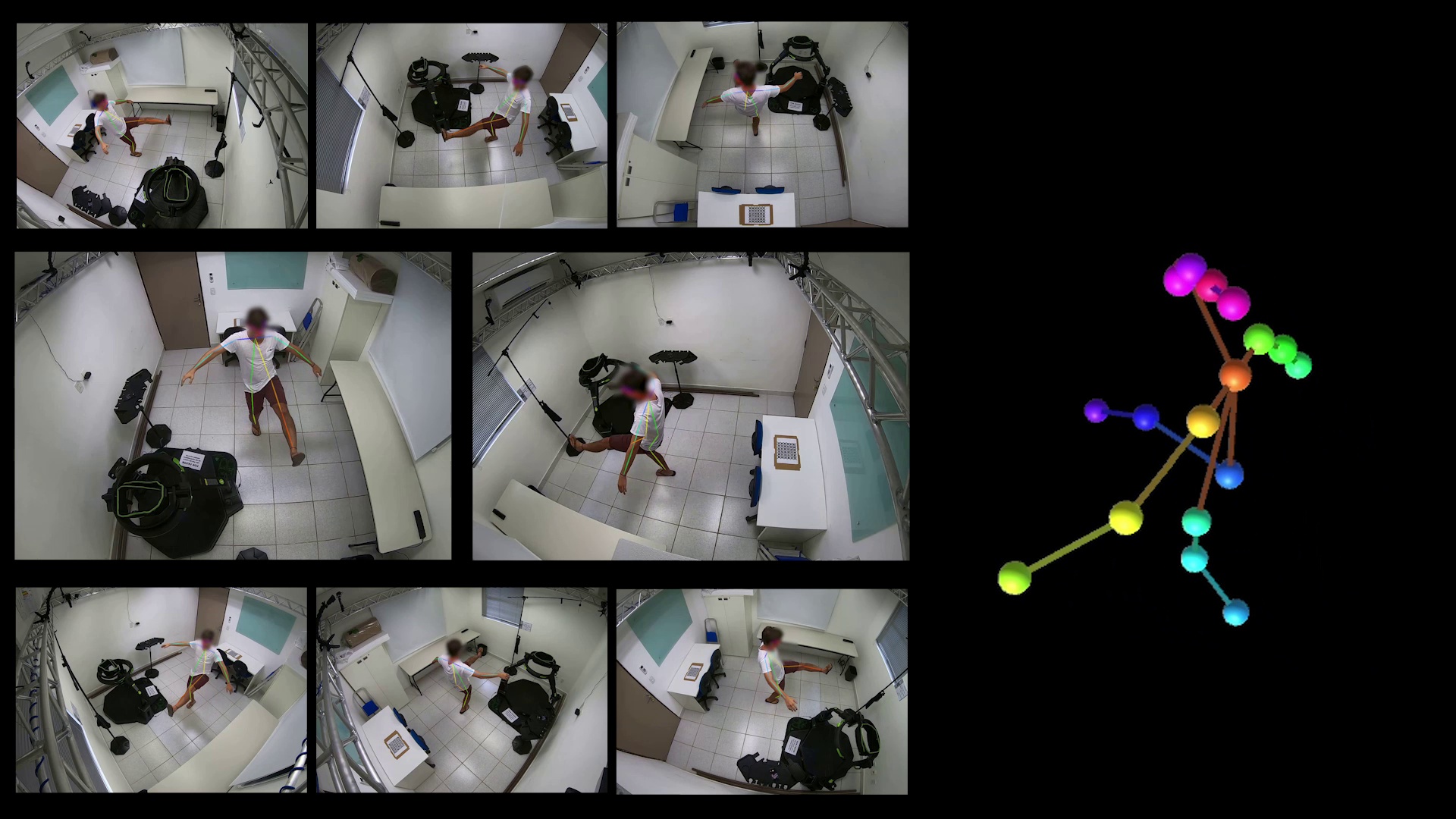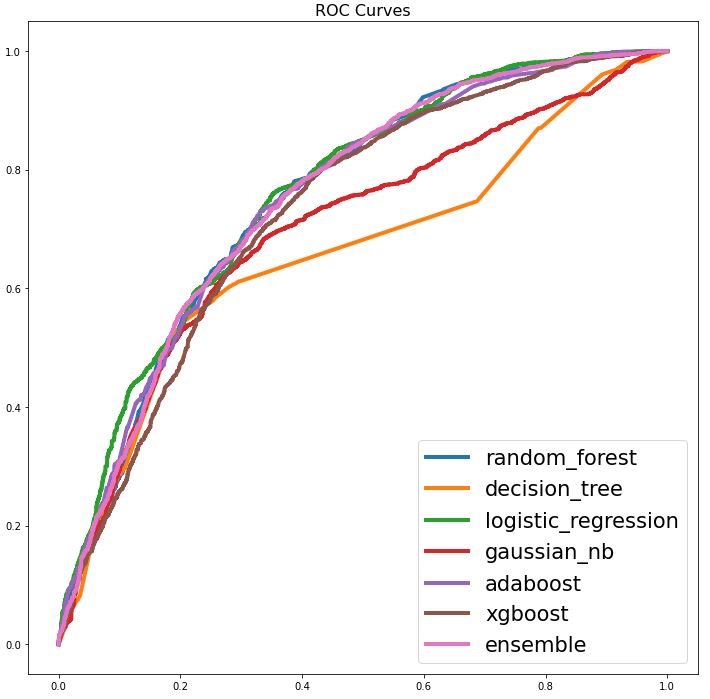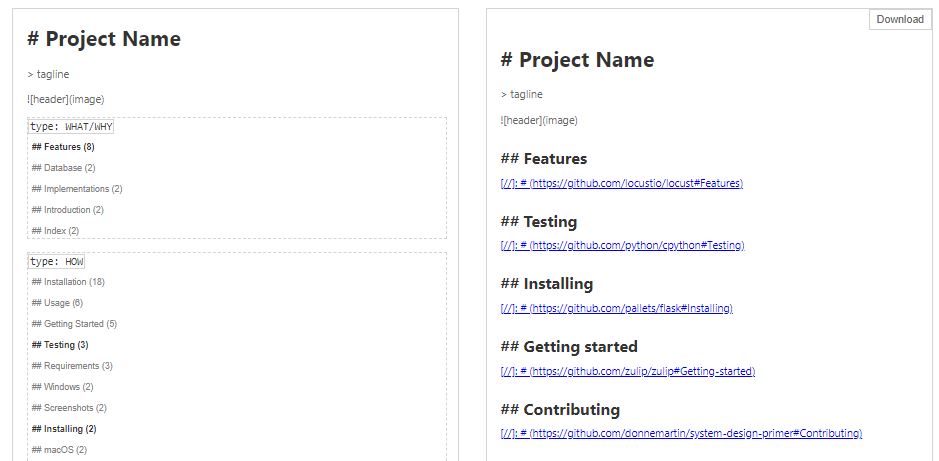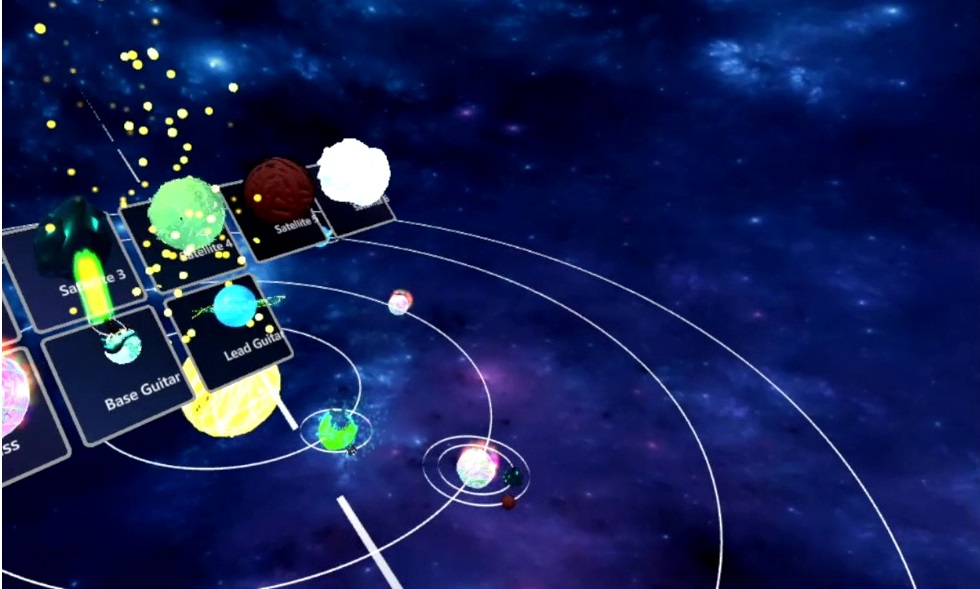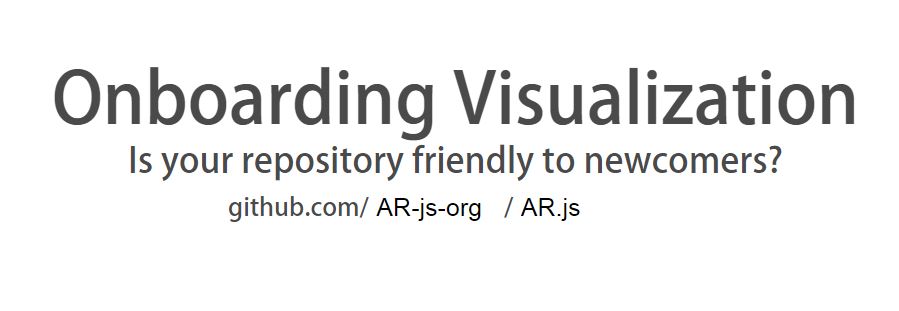Ricardo Rossiter Barioni
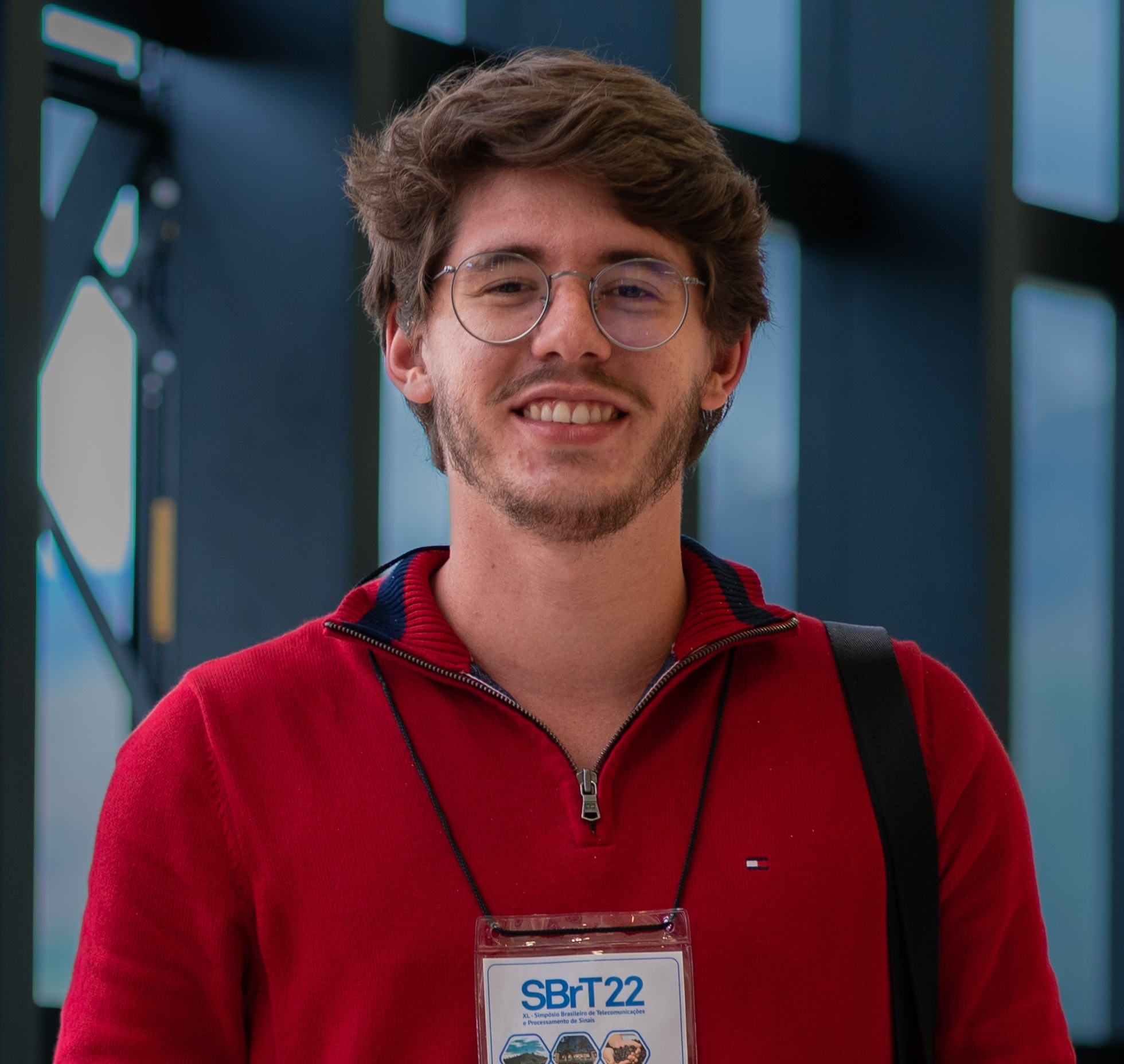
Address
Recife/PE - Brazil
Contact
Email: rrbarioni@gmail.com
Phone: +55 81 98558-2677
Summary
Ricardo is a Lead Software Engineer with 9 years of experience developing and deploying machine learning solutions using Python, TensorFlow and PyTorch. He has worked on a wide range of projects projects involving Deep Learning, Computer Vision, Natural Language Processing, Large Language Models, and Audio/Speech Processing — with applications ranging from human pose estimation and face recognition to acoustic source classification. Over the past year, he has also been working with AWS, leveraging cloud infrastructure to build and deploy scalable ML systems. Throughout his career, he has contributed to the development of intelligent systems in both research and industry contexts, building robust models and tools that support real-world impact.
He holds both a Bachelor's and a Master's degree in Computer Science from the Universidade Federal de Pernambuco (UFPE), with academic research focused on human pose tracking and dataset creation for pose estimation. During this time, he led multiple applied research initiatives, publishing peer-reviewed papers and collaborating with industry partners. His academic journey also includes work in Virtual and Augmented Reality, combining AI with immersive technologies to enhance user experience in healthcare and the arts.
Driven by curiosity and a passion for problem-solving, Ricardo is committed to building impactful AI systems that bridge the gap between research and real-world needs. He brings a hands-on, detail-oriented mindset to his work, always striving for clarity, robustness, and innovation. For him, technology is not just a tool — it's a way to empower people, improve lives, and explore new possibilities through intelligent solutions.
Skills
Technologies
- Python, Machine Learning, Computer Vision, LLMs, Deep Learning, TensorFlow, PyTorch, AWS, OpenCV, scikit-learn, TensorFlow Lite, Librosa, Git, Docker, Jira, MongoDB, Bash, SQL, CI/CD, Data Science, Transformers, Generative AI, NLP, Code Review, Scrum, Kanban
Languages
- Portuguese (native), English (professional proficiency)
Experience
Lead Computer Vision Engineer @ FCx Labs (Jan. 2025 - Current)
As a Lead Computer Vision Engineer at FCx Labs, I was involved in the development and enhancement of e-commerce product catalogs to improve customer experience through high-quality visual content. My work focused on designing and deploying computer vision solutions that automated and optimized the way product data was processed, displayed, and categorized across digital platforms.
Responsibilities- Technical leadership of a team of four Computer Vision developers, providing technical guidance and delegating tasks effectively to meet project goals.
- Collaboration with stakeholders and cross-functional business teams to define project scope, assess feasibility, and gather detailed technical requirements.
- Design and implementation of APIs and services for core computer vision tasks such as background removal, image captioning, product categorization from images, automatic image quality validation, virtual staging of products, and visual-based classification.
- Architecture of data pipelines for importing and processing products into the catalog, ensuring consistency and scalability across the system.
- Deployment of computer vision algorithms using AWS infrastructure, ensuring reliability, scalability, and performance in production environments.
- Standardized and automated the catalog image onboarding process using computer vision algorithms, reducing manual effort and errors, and bringing processing times down to just a few minutes.
- Deployed an image-based product categorization model capable of accurately classifying thousands of products with an accuracy of approximately 90%, enhancing the speed and precision of catalog organization.
- Built a cost-effective batch image inference pipeline on AWS SageMaker, processing large datasets at a cost on the order of a few cents to a few dollars per batch.
Skills: Python | AWS | Git | Docker | Rancher | TensorFlow | PyTorch | OpenCV | MongoDB | FastAPI | Jira
Applied Machine Learning Scientist @ SiDi (Jan. 2021 - Jan. 2025)
As an Applied Machine Learning Scientist at SiDi, I was part of the Speech Processing team, developing machine learning and deep learning solutions to bridge the gap between academic research and real-world applications. I focused on designing and deploying models for embedded systems, targeting Samsung’s mobile and IoT devices, with emphasis on efficient, production-ready solutions in audio, speech, and natural language processing.
Responsibilities- Engagement in regular meetings with international stakeholders to present experimental results, discuss technical challenges, and align development efforts with business goals.
- End-to-end development of machine learning models, including training, validation, testing, deployment, parameter tuning, and retraining, tailored to speech and audio applications.
- Design of lightweight and optimized models for embedded deployment, focusing on size, latency, and memory efficiency using techniques such as quantization, pruning, and TensorFlow Lite.
- Direction and execution of research initiatives resulting in scientific publications and patent filings in audio and speech processing.
- Delivery of internal technical talks to promote team-wide knowledge sharing and skill development.
- Built an embedded keyword spotting system with 95% accuracy, robust to noise and reverberation, deployed in the market and used by millions of users.
- Published three peer-reviewed scientific papers on acoustic source classification, introducing novel methodologies and benchmarks.
- Co-authored 1 INPI patent.
- Developed a customizable, fully embedded keyword detection system for user-defined wake words, achieving 92% accuracy and successful deployment on commercial devices.
Skills: Python | TensorFlow | Git | Docker | TensorFlow Lite | TFLite Micro | Jira
Academic Researcher @ Voxar Labs (Aug. 2016 - Aug. 2020)
As an Academic Researcher at Voxar Labs, I contributed to projects at the intersection of computer vision, machine learning, and virtual/augmented reality. My work combined foundational research with applied innovation, often in collaboration with industry partners to deliver research-driven solutions with real-world impact. I explored a wide range of topics, from human pose estimation to thermal-based bat tracking and immersive applications, leading to scientific publications.
Responsibilities- Academic research in computer vision, machine learning, and related fields, contributing to theoretical and practical advancements.
- Collaboration with industry to align research objectives with business needs and deliver research as a product.
- Investigation and evaluation of state-of-the-art computer vision techniques with a focus on feasibility and real-world applicability.
- Published 8 peer-reviewed papers across diverse fields such as human pose estimation and augmented reality.
- Built a flexible framework for rapid creation of human pose estimation datasets, significantly reducing data collection and annotation time.
- Developed a virtual reality application designed to guide ballet dancers through the learning and practice of fundamental arm positions.
- Led research on 3D object reconstruction from RGB images.
- Developed and deployed a tool for visualizing bat tracking data from thermal videos, enabling new insights in ecological research.
- Researched robust face recognition methods for varied image conditions.
- Designed and validated a proof-of-concept augmented reality system to support physiotherapy rehabilitation, demonstrating its potential for patient engagement and remote therapy.
- Successfully transferred research outcomes into commercial contexts through partnerships with private companies.
Skills: Python | Keras | PyTorch | OpenCV | C++ | Unity | Git | Docker | LaTeX
Education
M.Sc. in Computer Science (Aug. 2018 - Jul. 2020)
- Informatics Center (CIn), Federal University of Pernambuco (UFPE)
- Master Thesis: HuTrain: um Framework para a Rápida Concepção de Datasets de Estimação de Poses Humanas
B.Sc. in Computer Science (Apr. 2014 - Jul. 2018)
- Informatics Center (CIn), Federal University of Pernambuco (UFPE)
- Undergraduate Thesis: Rastreamento de Poses Humanas a Partir de Entradas RGB
Projects

Dog Breed Recognition
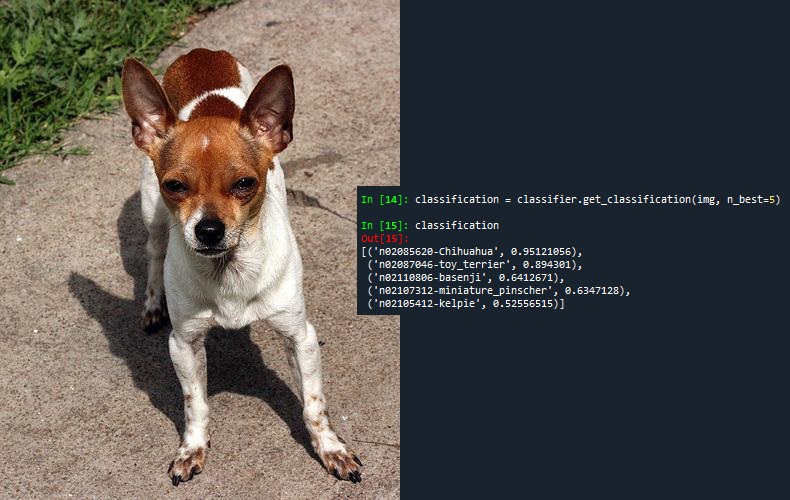
This project is an algorithm for recognizing dog breeds from RGB images. By using Python and the PyTorch open-source machine learning framework, it applies convolutional neural network techniques for the classification of dog breeds and supports the enrolling of new dog breeds dynamically.


BalletVR
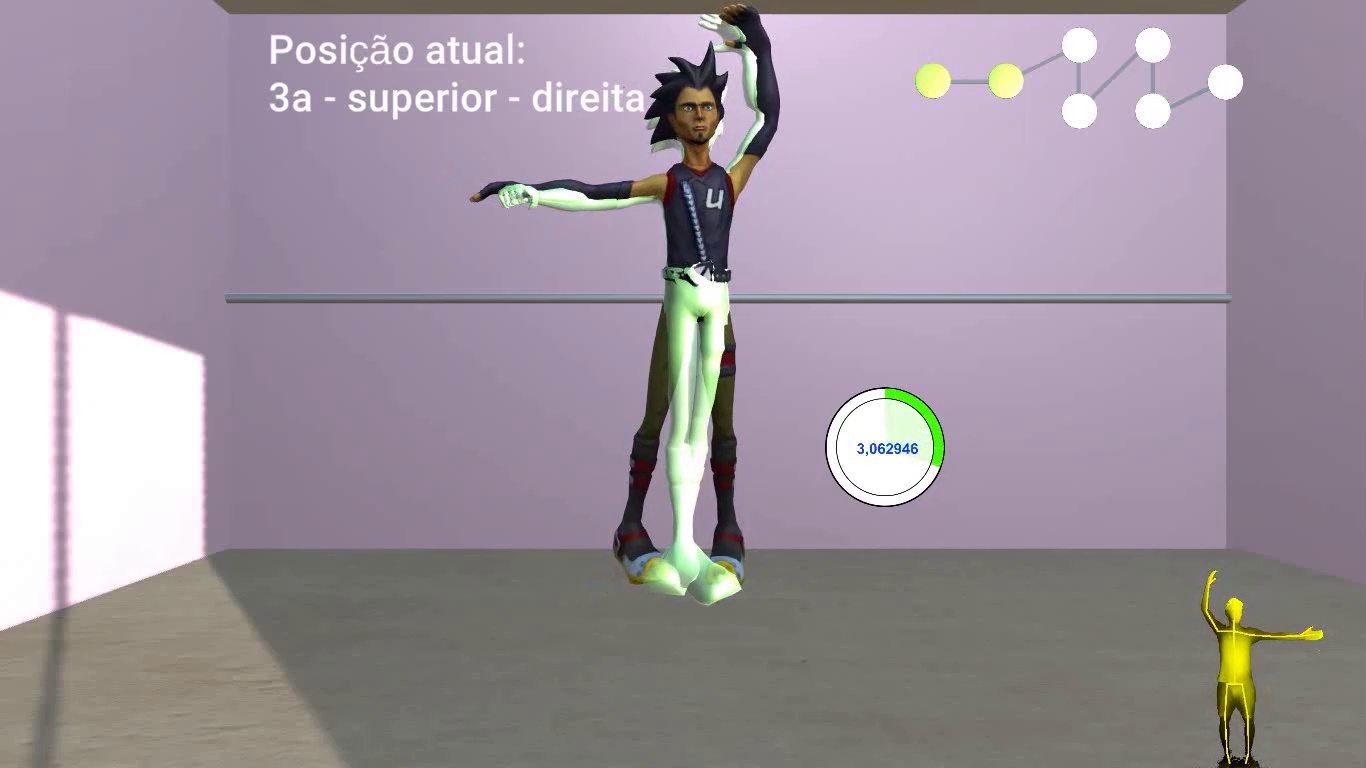
This system is a virtual reality application for guiding ballet dancers through learning and practicing basic ballet arm positions. By using a Microsoft Kinect for tracking the dancer's performed poses, the system compares them with basic arm positions, proposed by École Française, and allows the dancer to practice autonomously.

Musical Invaders
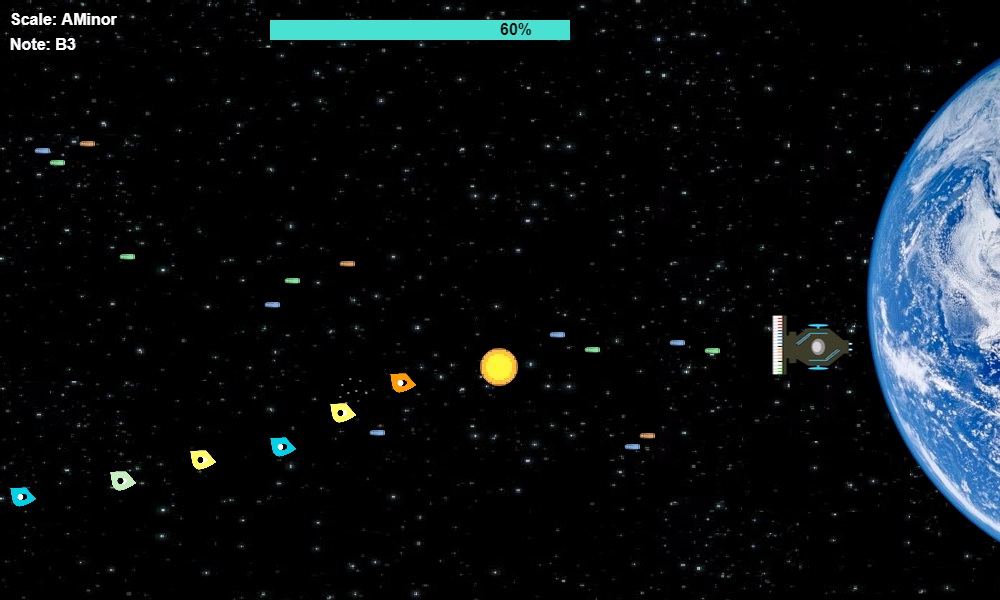
Based on the original 1978 arcade shooting game called Space Invaders, it is a web game where the player controls a spaceship, whose objective is to prevent aliens to reach earth by shooting musical notes. Not only fun, but Musical Invaders also encourages players to be creative by improvising new melodies while playing.


BatVis
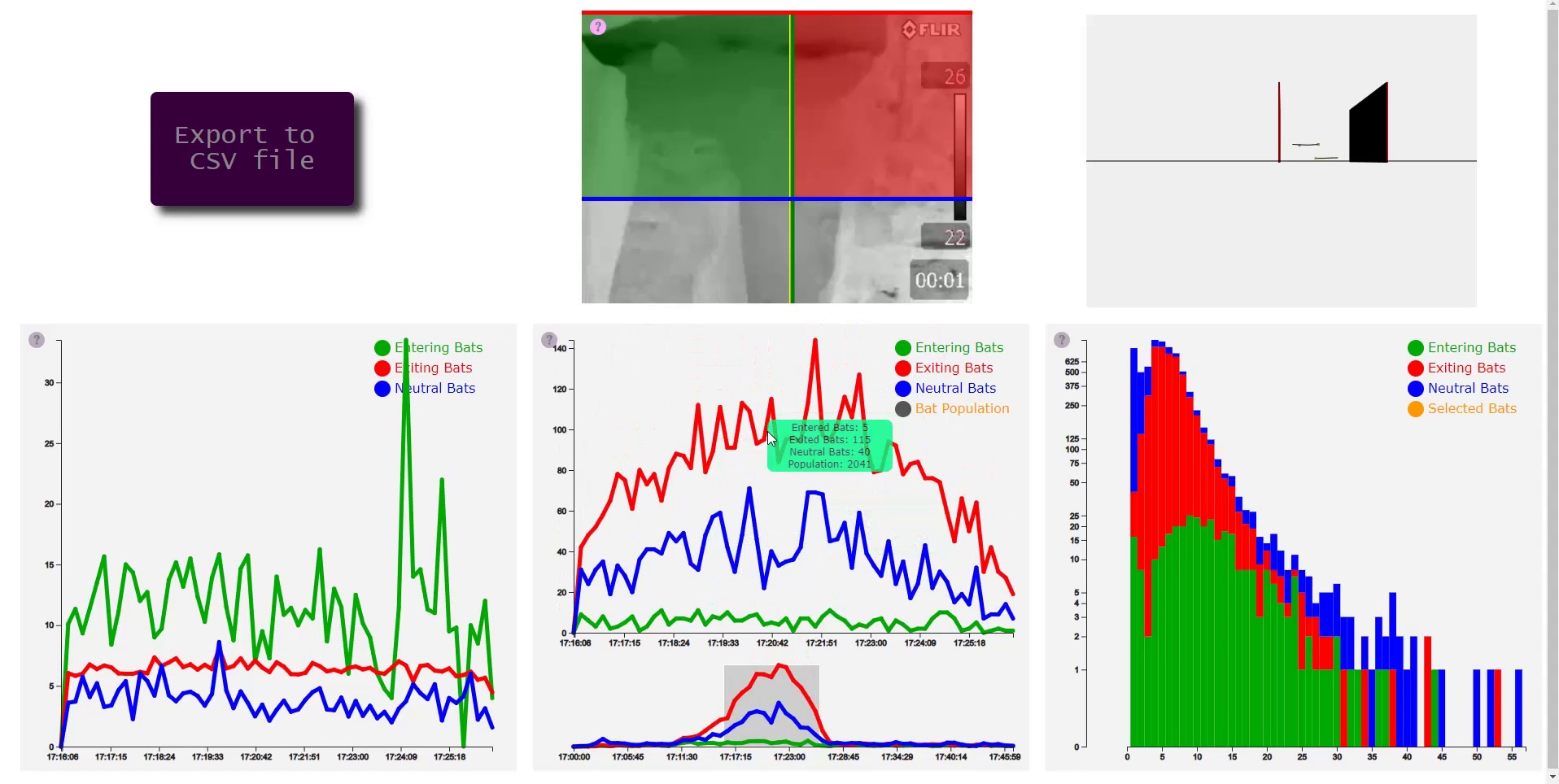
This project is a web application for visualizing bats tracking data obtained from thermal images in caves. This application is able to provide insights, such as changes in bats populations and flight behavior, in a more intuitive fashion, which can be used to the biomonitoring of population tendencies, habitat use and the effects of climate change.


ARkanoidAR
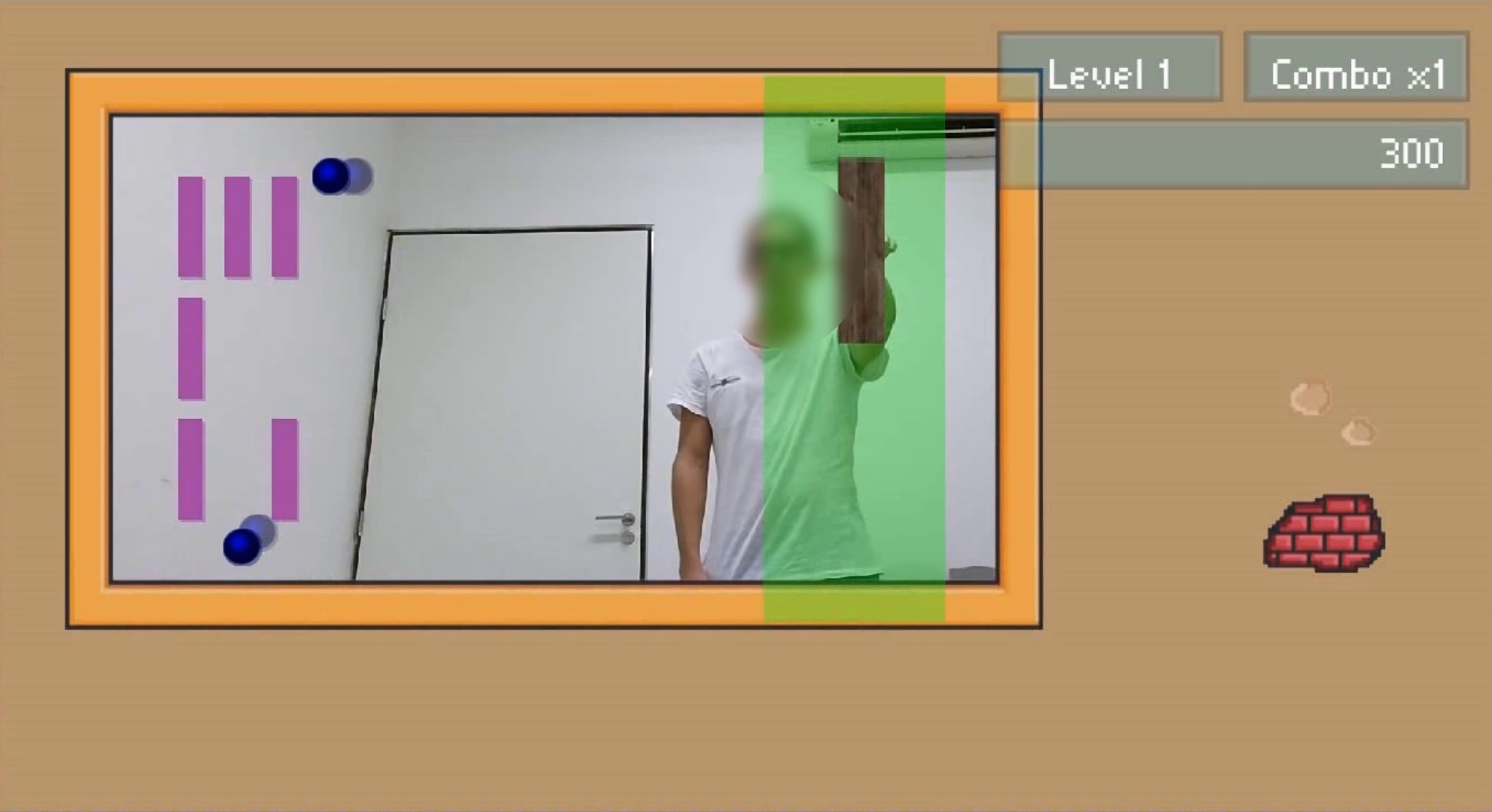
This project is an augmented reality system that guides physiotherapy patients through the rehabilitation process of biomechanical movements at the sagittal plane. The system uses Microsoft Kinect for tracking the user's poses and instructs the user which movements must be performed by providing a series of visual and auditory feedback.
Publications
Zucatelli, Guilherme, et al. Improving Non-Stationary Acoustic Source Classification with Metric Learning
Zucatelli, Guilherme, et al. Non-Stationarity Objective Assessment for Acoustic Source Classification
Zucatelli, Guilherme, et al. A Metric Learning Based Solution for Non-Stationary Acoustic Source Classification
Barioni, Ricardo R., et al. HuTrain: a Framework for Fast Creation of Real Human Pose Datasets
Costa, Willams, et al. Songverse: a digital musical instrument based on Virtual Reality
Cavalcanti, Virgínia C., et al. Usability and effects of text, image and audio feedback on exercise correction during augmented reality based motor rehabilitation
- Elsevier Computer & Graphics (C&G) Special Issue at 2019 21st Symposium on Virtual and Augmented Reality (SVR)
Barioni, Ricardo R., et al. BalletVR: a Virtual Reality System for Ballet Arm Positions Training
- Full paper at 2019 21st Symposium on Virtual and Augmented Reality (SVR)
Costa, Willams, et al. Songverse: a music-loop authoring tool based on Virtual Reality
- Full paper at 2019 21st Symposium on Virtual and Augmented Reality (SVR)
Barioni, Ricardo R., et al. Human Pose Tracking from RGB Inputs
- Full paper at 2018 20th Symposium on Virtual and Augmented Reality (SVR)
Santana, Maria I., et al. ARkanoidAR 2.0: Otimizações em uma solução de realidade aumentada com base em testes de usabilidade
- Poster at 2018 26th Congresso Brasileiro de Engenharia Biomédica (CBEB)
Barioni, Ricardo R., et al. ARkanoidAR: an Augmented Reality System to Guide Biomechanical Movements at Sagittal Plane
- Full paper at 2017 19th Symposium on Virtual and Augmented Reality (SVR)
Certificates
Deploying Machine Learning Models in Production
- Course provided by DeepLearning.AI at Coursera
Machine Learning Modeling Pipelines in Production
- Course provided by DeepLearning.AI at Coursera
Probability & Statistics for Machine Learning & Data Science
- Course provided by DeepLearning.AI at Coursera
Introduction to Embedded Machine Learning
- Course provided by Edge Impulse at Coursera
Machine Learning Data Lifecycle in Production
- Course provided by DeepLearning.AI at Coursera
Mathematics for Machine Learning: Linear Algebra
- Course provided by Imperial College London at Coursera
Device-based Models with TensorFlow Lite
- Course provided by DeepLearning.AI at Coursera
Improving Deep Neural Networks: Hyperparameter Tuning, Regularization and Optimization
- Course provided by DeepLearning.AI at Coursera
Introduction to Machine Learning in Production
- Course provided by DeepLearning.AI at Coursera
Sequence Models
- Course provided by DeepLearning.AI at Coursera
Leaderships and Awards
- Reviewer at Symposium on Virtual and Augmented Reality 2020 (SVR)
- Publication at Congresso Brasileiro de Engenharia Biomédica 2018 (CBEB)
- Participation and Presentation at Symposium on Virtual and Augmented Reality 2017 (SVR)
- Volunteer at Olimpíada Brasileira de Robótica 2017 (OBR)
- Participation at International Free Software Forum 2017 (FISL)
- Awarded B in First Certificate in English (FCE)
-
Teaching Assistant - Programming Language Paradigms
Aug. 2016 - Mar. 2017 -
Teaching Assistant - Algorithms and Data Structures
Mar. 2015 - Mar. 2016


